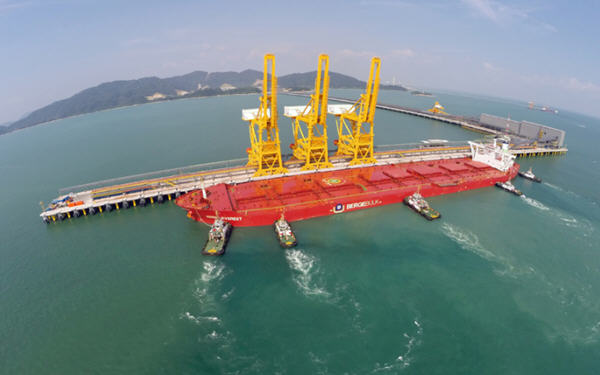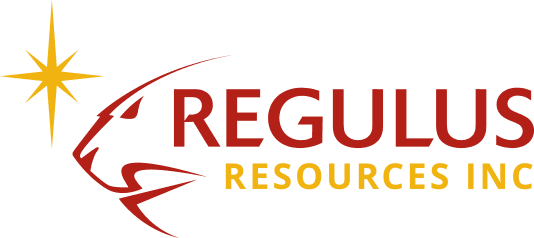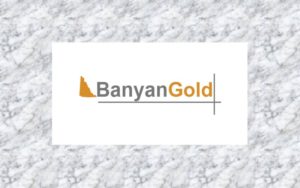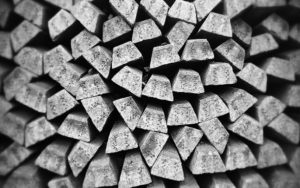Iron ore price tops $100 a tonne for the first time in 5 years

Brazil’s Vale’s warning that a tailings dams at its shuttered Gongo Soco mine in Minas Gerais is at risk of rupturing as soon as next week lit a fire under iron ore prices on Friday, sending the steelmaking raw material to a five-year high.
The Chinese import price of 62% Fe content ore jumped 2.5% on Wednesday to trade at $101.71 per dry metric tonne, according to data supplied by Fastmarkets MB. The price of the steelmaking raw material is up 40% year-to-date. The index price for high-grade (65% Fe) Brazilian ore also gained, to reach $115.60 a tonne.
The Gongo Soco mine is around 65kms from the facility in Brumadinho where a dam collapse in January killed more than 230 people. Vale shut Gongo Soco in 2016, and in February this year evacuated 500 people from nearby villages. The dam holds some 6 million cubic meters of tailings, roughly half the volume released in the Brumadinho disaster.
In a note, BMO Capital Markets says while there is minimal risk to human life, “there are still environmental risks and the potential for additional fines and remediation costs should a failure occur”:
Certainly, this also raises questions around the stability of Vale’s other nine remaining upstream type dams.
Vale is the world’s largest iron ore producer, but due to the curtailments following the Brumadinho dam burst, April shipments from Brazil were about 60% below average levels for the month, according to BMO. At the same time cyclone Veronica hit the Pilbara region, impacting shipments from BHP, Rio Tinto and Fortescue operations in Western Australia.
Record-breaking steel output in China, which imports more than 70% of the world’s seaborne iron ore, is also boosting prices, but BMO forecasts prices will drift lower from current levels as domestic Chinese mines increase output and second-tier producers in South Africa, Canada, Mongolia, India and elsewhere pick up the slack.
Port stocks have been drawn down and the investment bank calculates that Chinese domestic ore consumption have jumped to an annualized rate of roughly 210 million tonnes, the highest since 2015 and a whopping 55 million tonnes above average yearly rates recorded in the second half of last year.
Source: Mining.com
Industrial Metals
Iron
Mining
Steel








